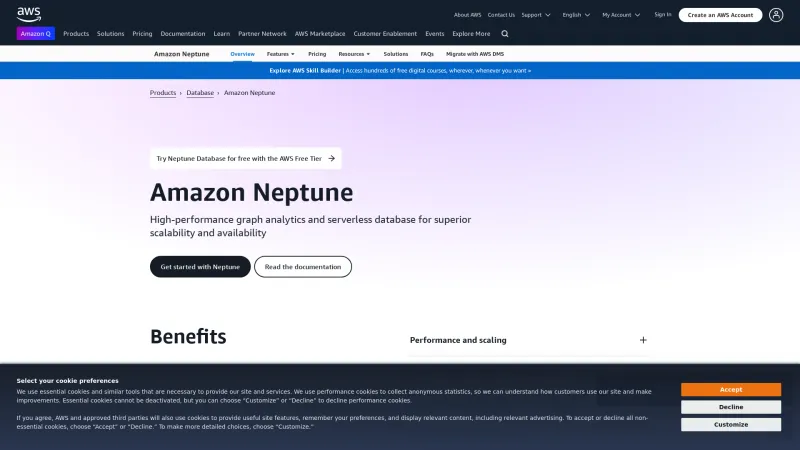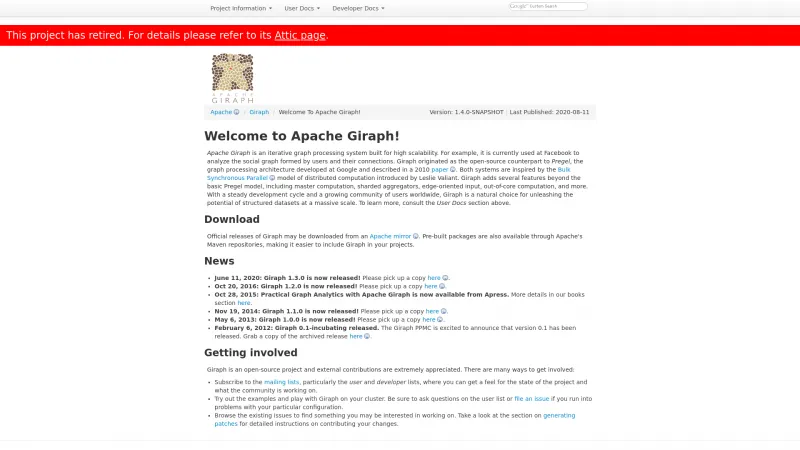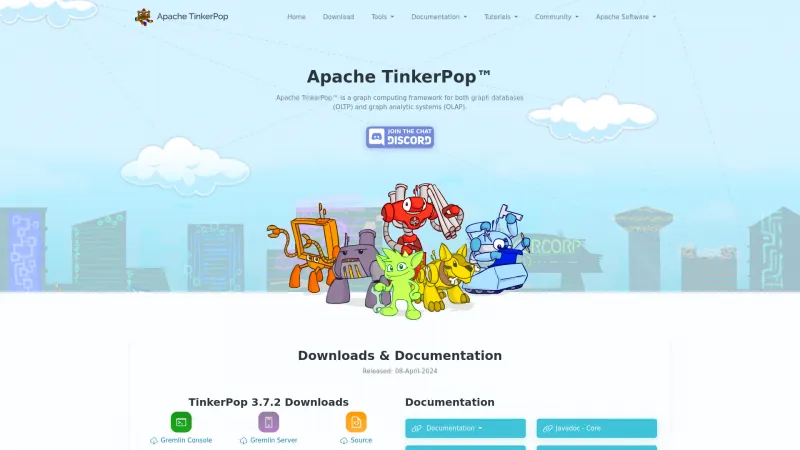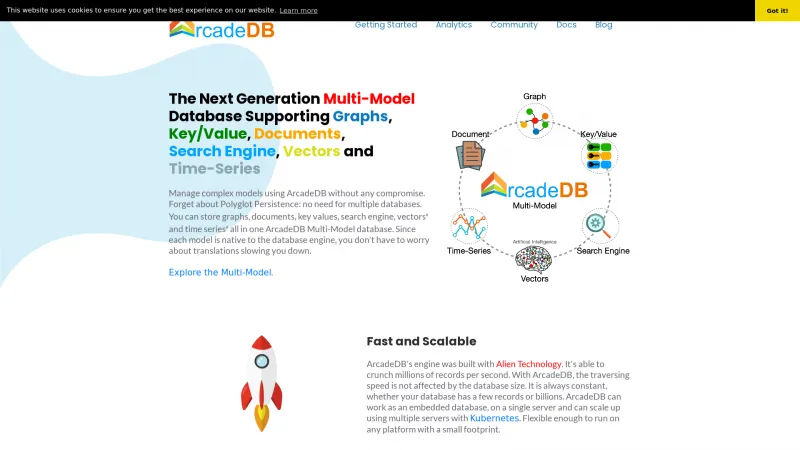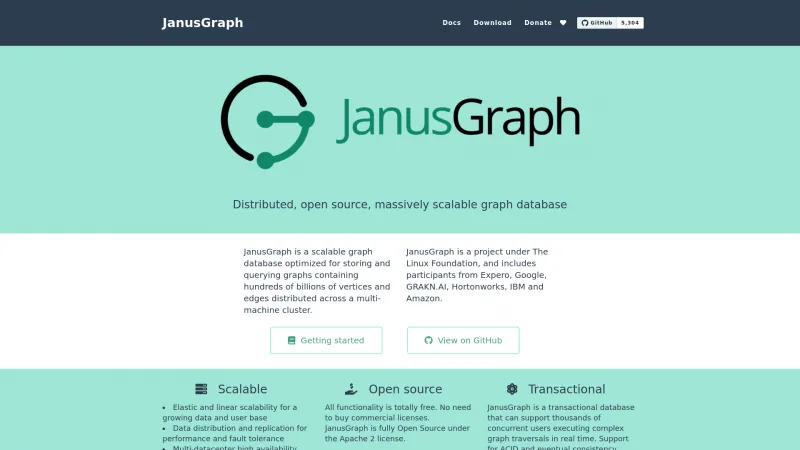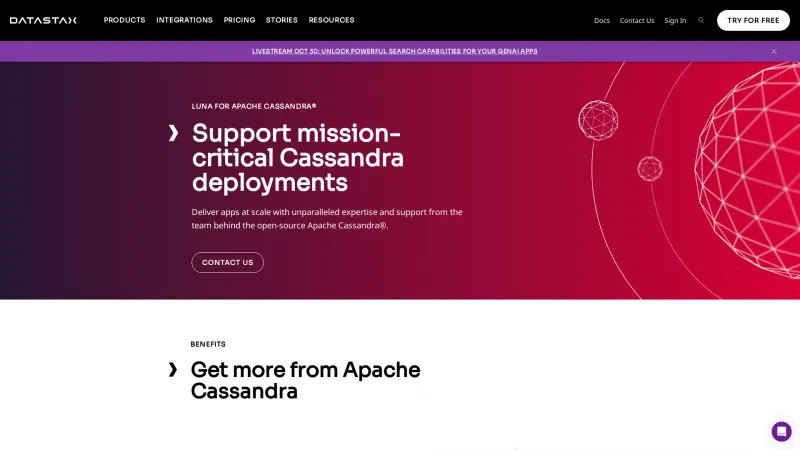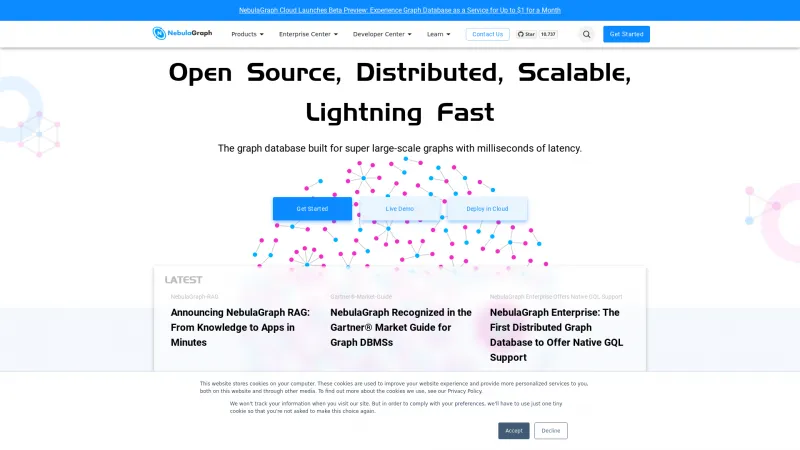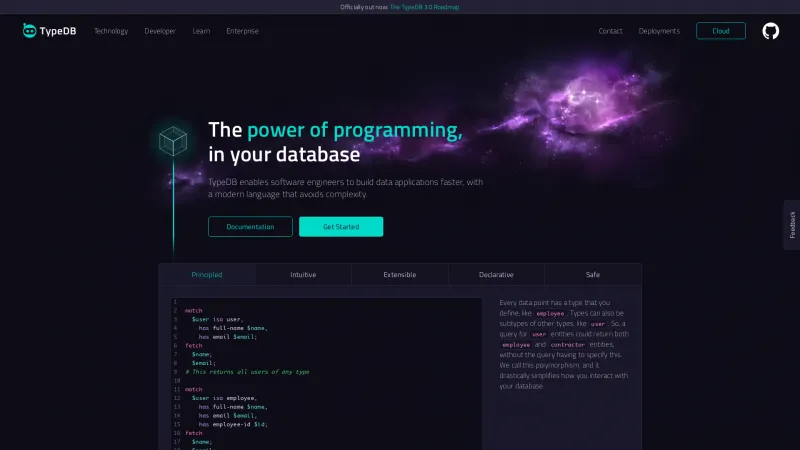Harnessing Graph Databases for Relationship Analysis
Graph databases are a specialized type of database designed to handle and analyze complex relationships between data points. They excel in scenarios where connections and relationships are as important as the data itself, making them ideal for applications such as social networks, recommendation engines, and fraud detection. Read more
The main features of graph databases include their ability to store data in nodes and edges, which represent entities and their relationships, respectively. This structure allows for efficient querying and traversal of data, enabling users to uncover insights that traditional relational databases may struggle to provide. Additionally, graph databases often support advanced querying languages, such as Cypher or Gremlin, which facilitate complex data retrieval and manipulation.
Graph databases are best suited for industries that rely heavily on interconnected data, such as finance, telecommunications, and e-commerce. They are particularly beneficial for data scientists, analysts, and developers who need to model and analyze relationships in large datasets, providing a powerful tool for driving data-driven decision-making.

